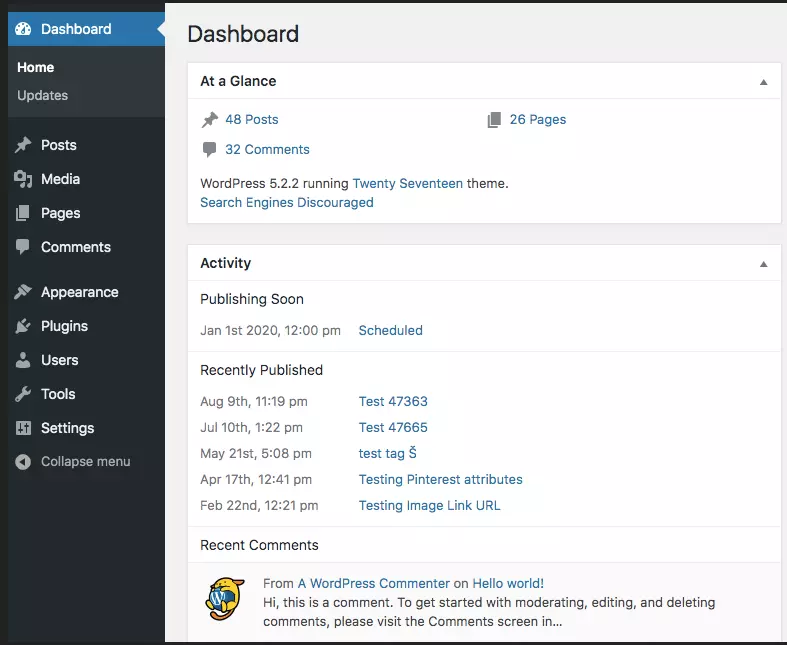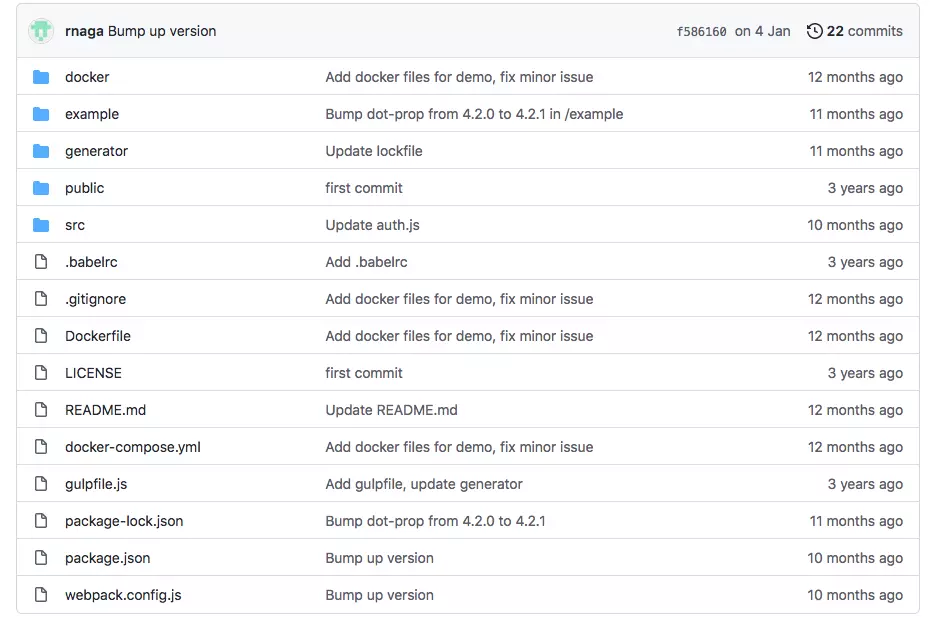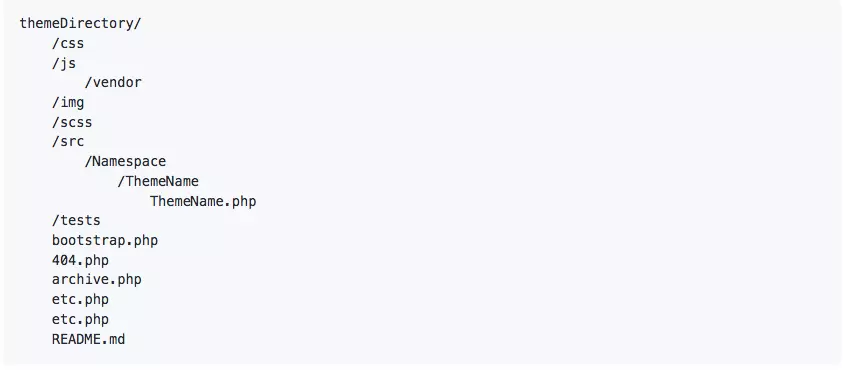How to use WordPress with GitHub
WordPress impresses with its user-friendliness, its basic reliability as well as its numerous possibilities for individualization and customization. On the latter point, however, there is a big “but”. You can add plugins, new themes, and make other changes, but if something goes wrong in the process, it directly affects the website and its accessibility. The solution is GitHub, which works with WordPress and allows you to safely test changes first and only then implement them when you’re satisfied. Here’s a step-by-step guide on how to do it and why it’s worth using the alternative to classic WordPress staging.
- Simple registration
- Premium TLDs at great prices
- 24/7 personal consultant included
- Free privacy protection for eligible domains
What is GitHub?
Before we get to the interaction of WordPress and GitHub, the first question is what GitHub is in the first place. GitHub is a free hosting service specifically for developers. It not only helps to store and manage codes, but also allows the control and close monitoring of the code. It is based on Git, an open-source version control system that offers great advantages in particular when it comes to branching and linking, and is popularly used by an overwhelming proportion of all developers worldwide. GitHub enables even beginners to control and log their own changes.
Thanks to a comparatively clear user interface, a dedicated community, and the open source approach, for WordPress, GitHub has become a useful tool that allows a website operator to make changes without risk. GitHub is available free of charge. The company earns money primarily through the sale of code repositories. For this purpose, GitHub has an easy-to-understand guide that makes it easier for even inexperienced users to find an approach to the topic and thus quickly and unproblematically tackle their own projects. The source codes of numerous plugin and theme developers for WordPress can also be viewed via GitHub.
A domain exactly to your liking! Register your desired domain and benefit from easy setup, numerous security features, and outstanding service!
Why use GitHub for WordPress?
Why is version management like GitHub also useful for WordPress? The very versatility of the CMS ensures that such software is the safest way to approach changes, ensure their feasibility, and only then actually make the change. WordPress itself does have its own version control system, but this only applies to posts. Thus, if you create a post and are not satisfied with the current version, you have the option to restore an older version. However, in other areas, the CMS doesn’t offer this option, which is why changes can cause major issues.
If you use GitHub with WordPress, plugins or new themes and their compatibility are first put through their paces, while the actual website remains untouched. Only when all eventualities are really checked and all sources of errors are eradicated, are the changes made on the live website. Until then, a version management like GitHub for WordPress saves every single work step. If a configuration does not work, it is always possible to revert to a previous state and continue working from there. The website is not affected by this. It’s possible for several developers to work on a website at the same time because all changes are merged transparently.
What is needed to use WordPress with GitHub?
To use GitHub with WordPress, you first need the CMS and the software, of course. You can download both for free on the respective website. In addition, you ideally use a local server environment like MAMP, where you can make changes and try them out. From here, you can then apply what you’ve done to your live server without taking any risks. Additionally, install Git on your machine.
WordPress Hosting has never been so easy! At IONOS, you can conveniently choose the model of your choice and then take advantage of the numerous benefits such as automatic updates, optimized settings, and managed WordPress if you wish.
Using WordPress with GitHub: An example
If you now want to test and change themes via GitHub for WordPress, this is possible in a few steps:
Step 1: Log in to GitHub and create a new repository, that is, a repository for the theme you want to try out.
Step 2: Now duplicate the repository and save it on your computer in the same folder as WordPress.
Step 3: Next, you will need all the data of the theme you want to work with. Copy them into the folder as well. You can choose between a default theme or an alternative theme.
Step 4: Now activate the theme on WordPress on your local server. To do this, click on “Appearance” in the bar on the left and then click on “Themes.”
Step 5: Next, push the data for the theme to GitHub. To do this, open Git and replace the URL with a link to the repository you created. It will look like this:
git remote add origin https://github.com/yourusername/my-git-theme.git
git push -u origin masterStep 8: After that, log in to WordPress on your remote server and activate the new theme.
Step 9: Now make changes to the theme conveniently on your local server. Save (on GitHub via “commit”) and send (on GitHub “push”) the changes to your remote repository.
Reliable hosting combined with a Git development environment is offered by Deploy Now from IONOS. Benefit from faster loading times, more security and maximum flexibility!
Use GitHub permanently for WordPress
From now on you work clearly on GitHub and see immediately when errors have crept in or other problems arise. Also, which steps have been taken by whom so far, you have thereby directly in front of your eyes. Especially in the collaboration with several developers who work on the WordPress site via GitHub, this clear listing is a great asset. If there are problems or questions, you simply access one of the previous versions and also see at which change the problems have arisen.
Conclusion: WordPress and GitHub - a worthwhile combination.
GitHub for WordPress is a very useful addition for websites. It doesn’t matter if you are working alone on your own website or possibly in a team on a client’s online presence: Using the software not only makes the work clearer, but also safer. Individual work steps can be tested, tracked and, if in doubt, easily undone. Even more, GitHub offers great documentation for WordPress and allows easy exchange with other developers.
From the first steps to solving complicated problems with the CMS: In IONOS’ Digital Guide, you will learn everything about WordPress. We explain how to install WordPress on XAMPP, create a WordPress blog, and reveal the best review plugins.




